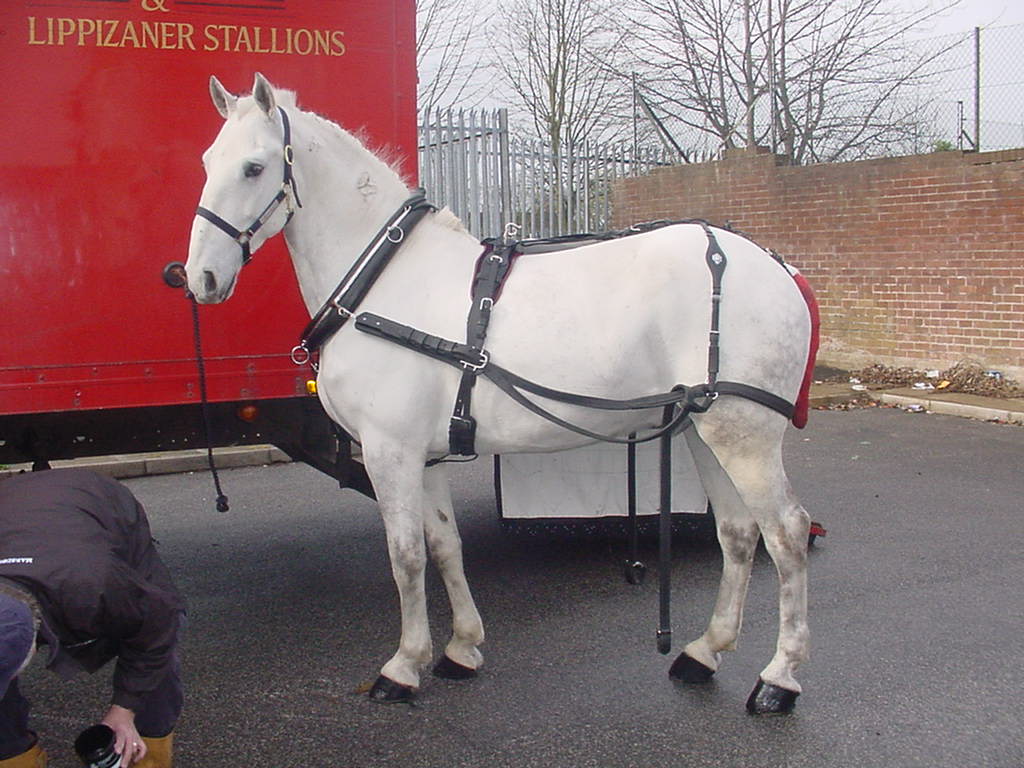The Lipizzaner horse
The Lipizzaner, a horse from the Spanish School of Vienna, was created over four centuries ago by the Austrian Imperial Court. Named after Lipizza, a small village in present-day Slovenia, the Imperial Stud was originally founded in 1580. Spanish horses (Spanish Genet, Andalusian, Lusitano) were first imported and crossed with local mares, followed by stallions of Danish (Frederiksborg), Italian (Neapolitan) and Czech (Kladruber) origin. Finally, an Arabian stallion named Siglavy, born in 1810, had a major influence on the breed, which was then fixed. Six stallion lines and eighteen mare families selected in the 18th century form the basis of Lipizzaner breeding.

During the Napoleonic invasions and the Second World War, Lipizzaners were relocated several times before being able to return to Vienna and Piber, in south-eastern Austria. So, the original stock remains Austrian, while the cradle of the breed is in present-day Slovenia. The first French breeding was created in I960 by M. Bellon, who imported horses from the Stud farm de Piber. The breed was recognized in France in 1989.
Caractère et aptitudes du cheval
Strong character, but gentle, patient, and docile. This horse is hardy, robust, enduring, powerful, energetic, lively, and very supple. Development is late and longevity is long. Energetic, supple, well-paced gait. Action rather short and high, haughty, especially at the trot. Sure-footed.
Utilisations du cheval
Particularly suited to academic dressage, it is the Haute École horse par excellence and the exclusive mount of the equestrians at the Spanish School in Vienna. It is also appreciated as a leisure horse, endurance horse and, above all, carriage horse. A marvel in the circus.
Morphologie du cheval
Elongated head. Broad forehead. Straight muzzle, but some have an Arabian profile. Wide nostrils. Short, pointed ears. Large eyes. Compact, harmonious body. Neck set high, short, powerful, often arched. Broad, slightly pronounced withers. Shoulders long, muscular, correctly sloping. Split forecast. Ample, broad chest. Back long, straight, strong. Strong, broad loins. Hindquarters strong, rounded, well muscled. Croup powerful, round, short. Limbs powerful, lean, well tempered, resistant. Strong bones. Strong joints. Short cannons. Rather small feet. Solid horn. Tail carried very nobly. Coat: light gray tending toward white in adulthood. Foals are born dark (black or bay). The characteristic “whiteness” of the coat is only achieved after several years. Abundant mane. Height: 1.50 to 1.65 m.


